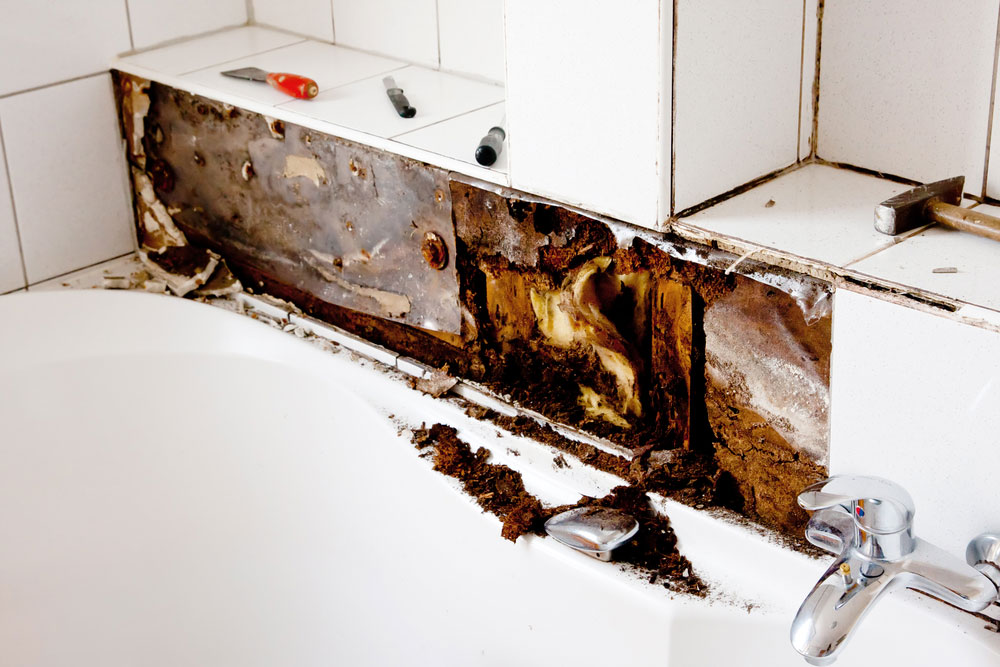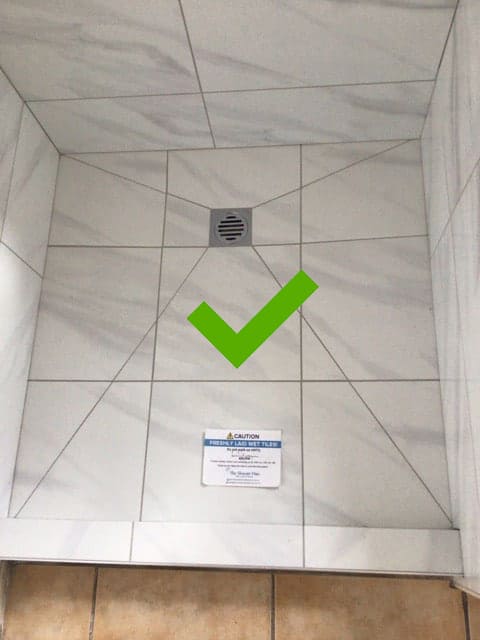How to Stop Bathroom Water Damage
How to Stop Bathroom Water Damage
Blog Article
What are your insights and beliefs on How to Prevent Bathroom Water Damage?

The shower room is very prone for damp build-up as well as possible water damage due to the frequent use of water in it. This post uses easy evaluation strategies to aid discovering water damage hazards.
The constant use water in the restroom makes it extremely at risk for damp accumulation and possible water damage. By inspecting it consistently, you can minimize water related problems.
The complying with set of evaluations is simple to perform and also ought to be done once in every 3 months in order to keep your bathroom healthy and to stop prospective water damages brought on by the bathtub, the shower, pipeline joints as well as plumbing, sinks, cabinets, as well as the toilet
Do not disregard carrying out these examinations as well as be thorough while executing them. Keep in mind that these straightforward evaluations can conserve you a lot of cash by offering very early indicators for water damages
Sinks and also Cabinets
Sinks as well as closets are subjected to moisture as well as humidity day-to-day as well as are commonly neglected. Evaluate frequently under the sink and also on the counter top above it. Repair any kind of drip in the trap as it might suggest drainpipe problems. Check out the sink, sluggish draining pipelines may show a blocked drainpipe. Replace sink seals if they are split or loosened.
Bathtub and also Shower
The shower and bath tub require unique attention as well as upkeep. Inspect the floor tiles and change if cracked. Make certain that there is no missing out on grout between the floor tiles. Check and also replace cracked caulking at joints where the wall surfaces satisfy the flooring or the tub. Clogged drains pipes as well as pipes troubles will prevent the tub from drying and also may show severe problems underneath the bathtub. Seek advice from an expert immediately to stop structural damages. Take note of stainings or soft areas around the bath tub walls as they might indicate an inner leak.
Plumbing
Signs for water damages are hard to find because a lot of pipelines are mounted inside the walls.
Pay special interest to floor covering and also walls wetness as well as discolorations as they might indicate an unnoticeable plumbing issue. Inspect wetness degrees in adjacent areas as well.
The Toilet
The bathroom is a prone water joint. Examine the water lines and also search for leaks around the toilet seat, in the hose pipe, and also under the water storage tank. If you discover any kind of indicators of dampness on the flooring around the toilet, check for leaks in the toilet rim and storage tank seals.
Understand that hanging bathroom dish antiperspirants increases the chances for blockages.
Water Damage Signs In The Bathroom To Avoid Cleanup
Musty smell
This is one of the easiest signs to catch because musty smells are so odorous. The damp, earthy, moldy smell should be a big red flag. The smell will develop when moisture gets trapped in surfaces, and begins to facilitate mold growth. Leaking pipes under cabinets, inside walls, and behind shower fixtures will cause moisture to stay trapped and not dry, which will lead to mold growth and spread. As soon as you notice any musty smells in your bathroom, have it checked for hidden water damage and cleanup signs.
Visible mold
If the smell isn’t there to give it away, sometimes you will actually see mold growth. Finding mold in your bathroom is a serious problem, because mold is very harmful to your health. By the time mold growth is visible, it also means that water damage has already occurred and been present for some time. The only way the mold problem can be resolved is to find the source of the moisture and get it stopped. To safely and adequately remove mold, you need to have professionals handle the remediation. Do not waste any time in getting mold problems addressed, fixed, and sanitized so that you can protect you and your family from the many respiratory symptoms caused by mold exposure.
Damaged floors
Bathroom floors should be able to withstand some exposure to water while still remaining in good condition. However, when excess exposure or water leaks occur, they will begin to damage even the most water-resistant flooring. If you notice any cracking, bubbling, staining, or warping on your bathroom floors, there is probably a water leak somewhere causing the distortion. If you notice areas of the floor have become softer, or even have a spongy feeling, there is probably damage to the subfloor. Subflooring is typically made up of plywood. When plywood is exposed to water or moisture, it will absorb it. Once it has become saturated, the weight of the excess water will cause the wood to swell and soften. Check the floors in your bathroom frequently to catch any of these sings before they lead to damaged subflooring.
Changes on walls
When water leaks behind walls, it will cause changes in the drywall. Peeling plaster, blistering paint, and soggy wallpaper are all good indicators that excess water is building up behind the wall. Water leaking behind drywall will cause it to swell and be soft to the tough. If you start to notice gaps along the trim of your walls, or where tile meets the wall, it could also be a strong indicator that there is a leak behind the wall. Any changes, distortion, or damage on the walls should be evaluated as soon as you notice it to prevent further water damage and cleanup.

We had been shown that article on Preventing Water Damage in the Bathroom from someone on another web blog. Make sure you take the opportunity to promote this post if you appreciated it. I am grateful for your time. Come back soon.
Book Maintenance Report this page